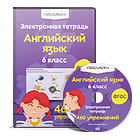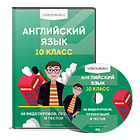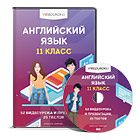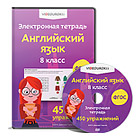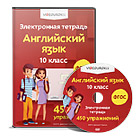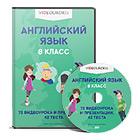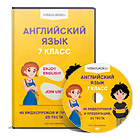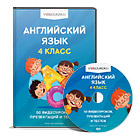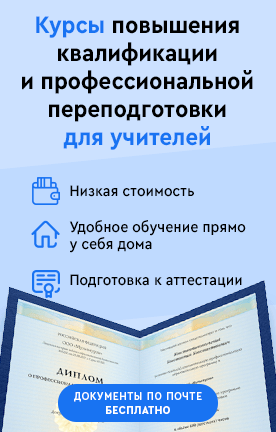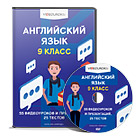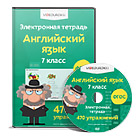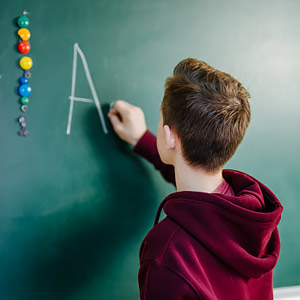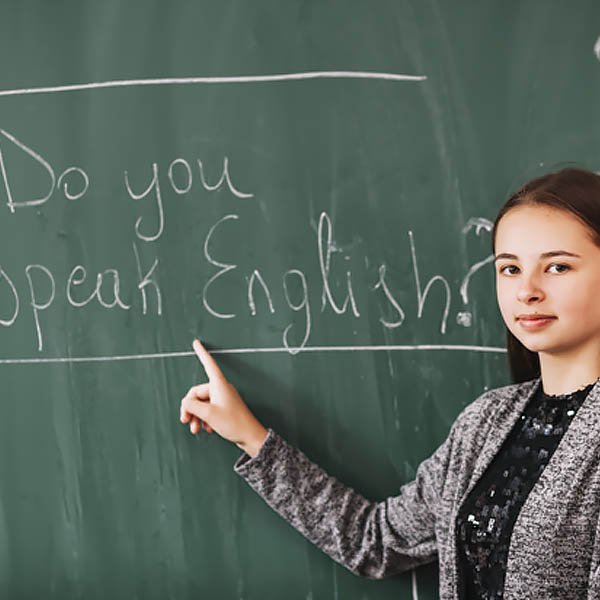Работа с новой темой проходит по структуре A/R Guide (anticipation/reaction guide), позволяющей глубже и полнее изучить новую тему, развить навыки работы с текстом, креативность и критическое мышление.
Создайте Ваш сайт учителя Курсы ПК и ППК Видеоуроки Олимпиады Вебинары для учителей
A/R Guide Природные Катастрофы
Вы уже знаете о суперспособностях современного учителя?
Тратить минимум сил на подготовку и проведение уроков.
Быстро и объективно проверять знания учащихся.
Сделать изучение нового материала максимально понятным.
Избавить себя от подбора заданий и их проверки после уроков.
Наладить дисциплину на своих уроках.
Получить возможность работать творчески.
Просмотр содержимого документа
«A/R Guide Природные Катастрофы»
Полезное для учителя
Распродажа видеоуроков!
1410 руб.
2350 руб.
1540 руб.
2570 руб.
1340 руб.
2240 руб.
1340 руб.
2240 руб.
Курсы ПК и ППК для учителей!
800 руб.
4000 руб.
800 руб.
4000 руб.
800 руб.
4000 руб.
800 руб.
4000 руб.
ПОЛУЧИТЕ СВИДЕТЕЛЬСТВО МГНОВЕННО
* Свидетельство о публикации выдается БЕСПЛАТНО, СРАЗУ же после добавления Вами Вашей работы на сайт
Удобный поиск материалов для учителей
Проверка свидетельства
